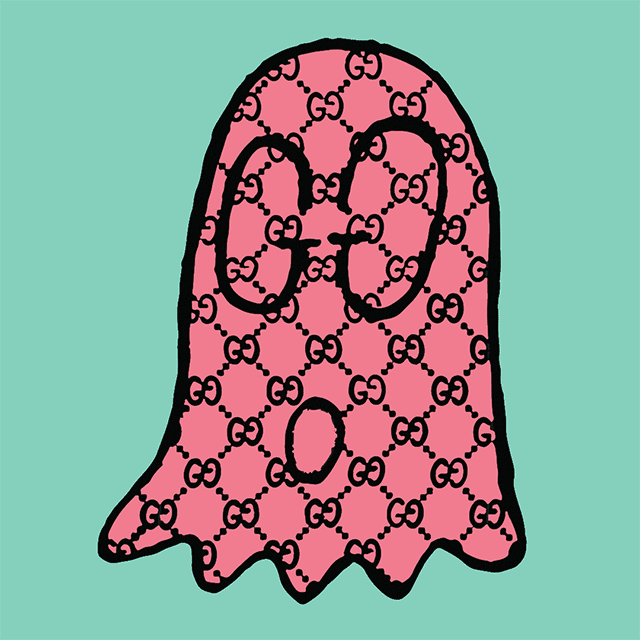You’ve likely seen the term NFT in the headlines over the past few months, from the sale of beloved memes like Nyan Cat to Jack Dorsey’s $2.9 million tweet. NFTs have also taken the art world by storm, so we thought we’d give a quick (hopefully not too confusing) rundown on NFTs and how they’re impacting the sale of artwork.

First things first: What is an NFT?
NFT stands for non-fungible token. A fungible good is something that’s interchangeable, or replaceable with an identical item (like gold or a dollar bill). So a non-fungible token is a digital asset that’s one-of-a-kind.
NFTs are stored on blockchains, the same technology that supports cryptocurrency.
Okay, you lost me at blockchain…
A blockchain is a type of database. Transactions are recorded in blocks that are then linked together in chronological order. This structure makes it difficult to tamper with—each block contains information from the previous, so it’s impossible to edit one block without messing up the whole chain.
The transactions are also publicly recorded, so no one person or group can control the blockchain. Most NFTs are backed by a blockchain network called Ethereum. For a deeper dive on blockchains, click here.
Can anyone purchase an NFT?
Yes! You may only be familiar with the more outrageous NFT purchases, but NFTs are bought at more reasonable prices, too. Anyone can visit an NFT marketplace online and bid on a huge variety of digital assets—videos, memes, songs, artwork, trading cards, etc.
How does this work in the art world?
You could paint a perfect copycat of a piece by Picasso, but it will never hold the same value as the authentic painting. Similarly, you can easily screenshot a digital work of art, but the data within an NFT is what makes it an original piece, therefore giving it value. Before blockchain technology, it was impossible to authenticate and sell digital artworks in this way.
For digital artists, the rising popularity of NFTs opens up a new platform for connecting their work to a global audience. Another benefit is that NFT contracts allow the artist to receive a percentage on every resale of the NFT, giving them the opportunity to capitalize on its increasing value.
In March, Christie’s sold a digital collage by Mike Winkelmann, AKA Beeple, as an NFT for $69.4 million, paid for with the cryptocurrency Ether. This sale puts Beeple’s piece in the top five most expensive artworks by a living artist.
View this post on Instagram
So the NFT space only applies to digital artists?
Not necessarily. Some artists may choose to attach an NFT to their physical work of art, essentially as a certificate of authenticity. Others are combining their talents in physical and digital art. For example, the piece above, created with oil paint, sand, and paper on canvas, was turned into an animated NFT. The highest bidder on the NFT received the one-of-a-kind animation, along with the physical painting.
Some people think NFTs are just a fad, and others think they’re the future of art collecting. Whichever side you lean towards, there’s no denying that they are changing the ways people purchase and value artwork.

